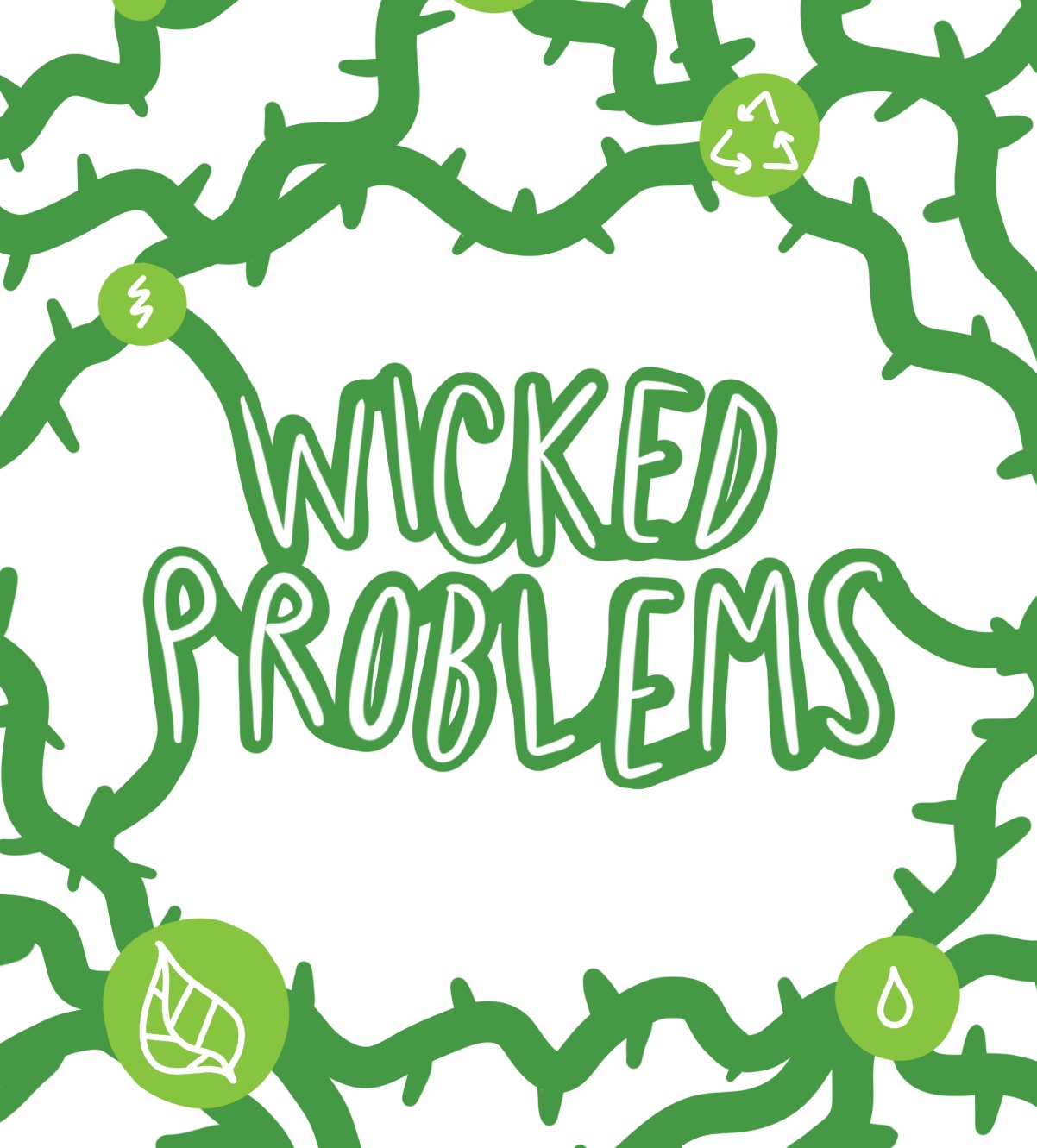Serenity now! Keep calm and do science with real data in the classroom
Author(s): Drew LaMar1, Sam S Donovan2, Hayley Orndorf2
1. College of William and Mary 2. University of Pittsburgh
1447 total view(s), 2061 download(s)
Activity_2_Template.rda(RDA | 55 KB)
2nd phylogeny.png(PNG | 370 KB)
blank_map.gif(GIF | 19 KB)
DFMORPH_interpret.gif(GIF | 39 KB)
finch_status.pdf(PDF | 83 KB)
island_names.gif(GIF | 24 KB)
island_summary.pdf(PDF | 249 KB)
phylogeny.jpg(JPG | 85 KB)
README.rtf(RTF | 3 KB)
Veg_zones.pdf(PDF | 84 KB)
Lack.csv(CSV | 828 KB)
SnodgrassHeller.csv(CSV | 74 KB)
Sulloway.csv(CSV | 6 KB)
Swarth.csv(CSV | 8 KB)
SerenityNow.pdf(PDF | 5 MB)
- Group: Beagle Investigations Return with Darwinian Data ~ BIRDD Workshop at BioQUEST
- License terms
Description
Data science is an emerging field that will transform how biological research is done, and impact how we teach biology. At this early stage, there are few resources and guidelines for teaching and infusing data science skills across biology (e.g. in bioinformatics, ecology, epidemiology, and cell biology).
A recent report by the National Academies entitled Data Science for Undergraduates: Opportunities and Options discusses the development of data acumen, consisting of multi-dimensional skills and concepts, including quantitative reasoning, knowledge of and proficiency in the data life cycle, social concepts including ethics and reproducibility, and domain specific knowledge, which can vary wildly even within Biology.
Serenity is a free open-source web application, developed for educational purposes, designed around supporting faculty in building data acumen in their students. We will do a hands-on demonstration of some sample teaching modules developed for Serenity, analyzing real-world, messy biological data. Serenity was designed with the focus on the data first, and helps students through the full data life cycle: from data exploration with interactive visualizations, to communication and reporting of results through interactive documents.
After demonstrating Serenity through pre-existing teaching modules, we will invite attendees to choose a dataset of interest, explore the dataset through data visualization and analysis, and present a simple report of their findings to the audience.
Cite this work
Researchers should cite this work as follows:
- LaMar, D., Donovan, S. S., Orndorf, H. (2018). Serenity now! Keep calm and do science with real data in the classroom. Wicked Problems: Investigating real world problems in the biology classroom (SW 2018), QUBES Educational Resources. doi:10.25334/Q4Z425
